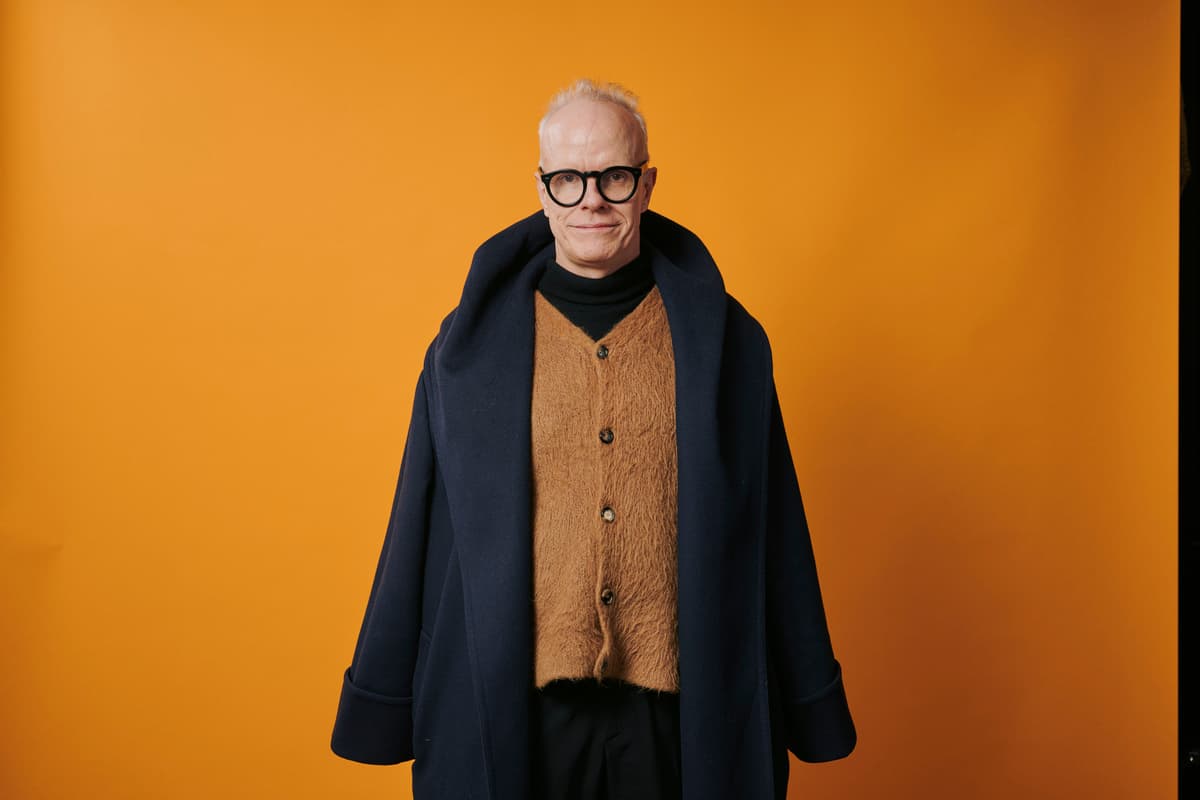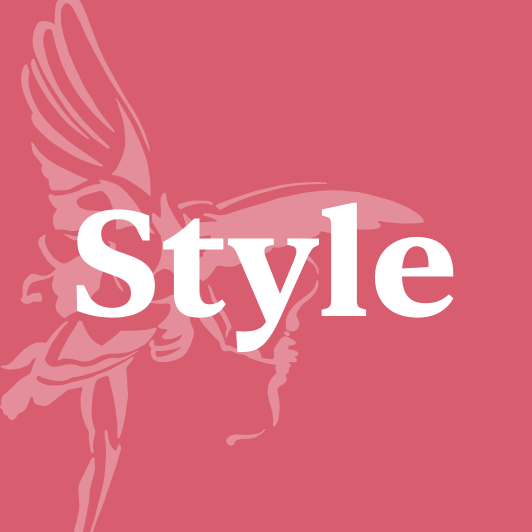
Kensington Gardens. Whenever I’m here, I spend most of my time in the park. I go jogging at about 6 or 7am, head to the office early, and often hold my meetings as walks through the park. We also install exhibitions, build pavilions and host open-air concerts. In the summer, we often host events in the pavilion until 10 or 11pm. So yes, the park is very much alive, and it’s where I spend nearly all my time.
Where was your first flat in London?
My first time working here was in 1996, when I was invited to guest-curate the exhibition Take Me (I’m Yours) at Serpentine. It was a show where visitors could do everything you’re usually not allowed to do in a museum: touch the art, take things home. At the time, I had my first small apartment in London, on Crampton Street in Elephant and Castle. About 50 people had the key, coming and going from all over Europe. It was a place of constant exchange, conversations and impromptu meetings. Later, I guest-curated a show at Sir John Soane’s Museum. At the time, the museum had a guest room reserved for Soane scholars — there aren’t many of those in the world — and I was lucky enough to stay there, on and off, for nearly a year. It could be quite uncanny, sometimes even a bit spooky at night, but it was unforgettable.
Where would you recommend for a first date?
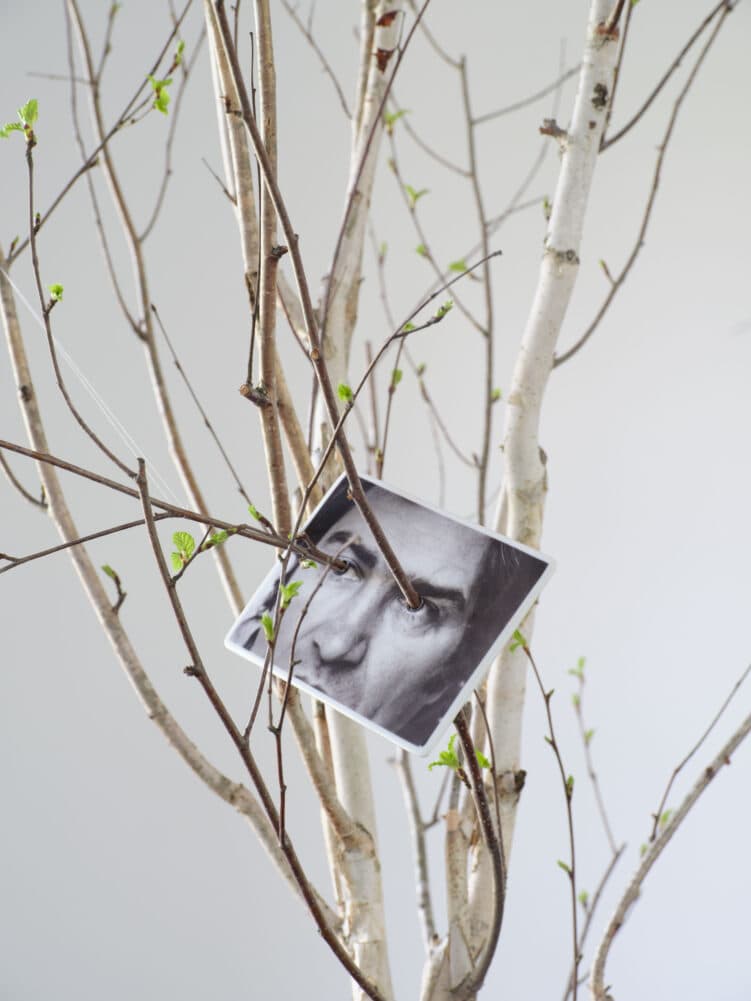
Giuseppe Penone, Sguardo vegetale (Vegetal Gaze), 1995. Photo ceramic.
George Darrell
Which shops do you rely on?
I have a bit of an obsession with buying books. So I always find myself gravitating toward bookshops: Koenig Books at Serpentine, the London Review Bookshop in Bloomsbury and Tenderbooks in Covent Garden.
What’s the best meal you’ve had?
At the River Café — it’s very close to my heart. Ruthie Rogers bridges architecture, art and food.
What would you do if you were Mayor for the day?
I would love to ask every single Londoner: What do you feel is missing in London? As Ernest Bloch said, utopia begins with identifying what’s absent. So I think it would be fascinating to pose that question. To make an open call and then to celebrate the most inspiring responses, perhaps even realise them. Because in asking what’s missing, we begin to imagine what’s possible.
Who is the most iconic Londoner?
The poet and activist Linton Kwesi Johnson.
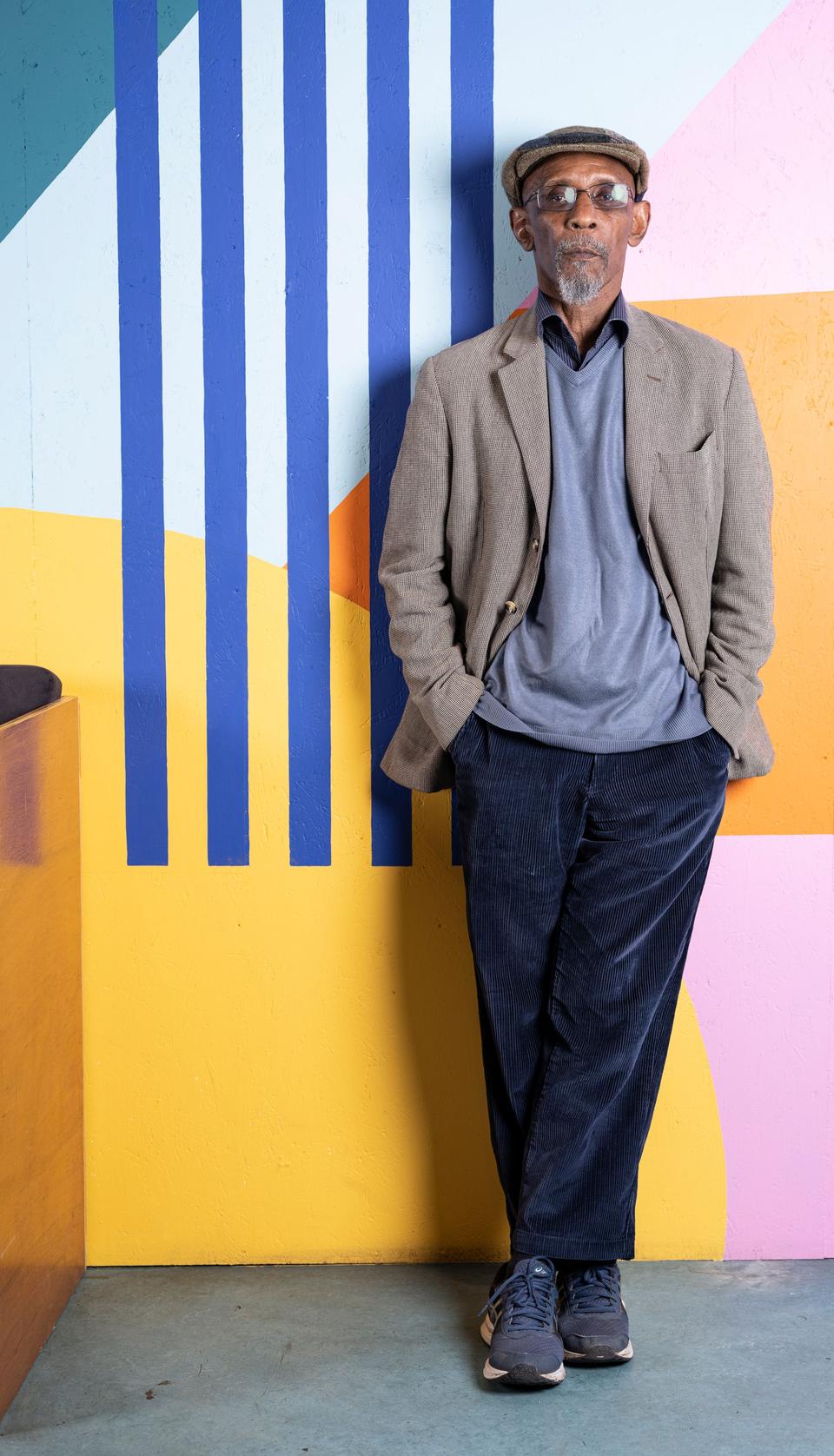
The poet and activist Linton Kwesi Johnson
Daniel Hambury/Stella Pictures Ltd
Where do you go to have fun?
One of my favourite places for fun is the Snowdon Aviary at London Zoo, designed by Cedric Price, Frank Newby and Lord Snowdon. What I love about it is Cedric’s vision — he told me that the structure would move with the wind, almost as if it were alive. He even imagined the birds one day flying the aviary out of the zoo altogether.
What’s the best thing a cabbie has said to you?
A taxi driver dropped me off early in the morning at the gallery and asked me what I did there. So I explained to him that I was the artistic director, and he started to tell me how he once came with his family to the park and all of a sudden his daughter ran into the pavilion, attracted by the vivid colour. He said he never would have thought to enter an art gallery, because they were not for people like him. He told me his daughter was so inspired that she decided to become an architect. This is why it’s important to stage public art and architecture, free and without doors.
What’s your biggest extravagance?
I have a bit of a matcha tea addiction. So wherever I am in London, I’m always on the hunt for the best matcha spot. It’s become a kind of ritual.
What are you up to at the moment for work?
We are unveiling the 2025 Serpentine Pavilion by Marina Tabassum and the Play Pavilion by Sir Peter Cook, as well as looking at the autumn season with artists Peter Doig and Danielle Brathwaite-Shirley. I’m also working on my book, A Life in Progress.
I’ve built an archive of conversations — about 4,000 hours of film and audio so far. It’s my way of documenting not just ideas, but encounters, relationships and the intangible moments that shape how we live and think.
What’s your favourite work of art in the capital?
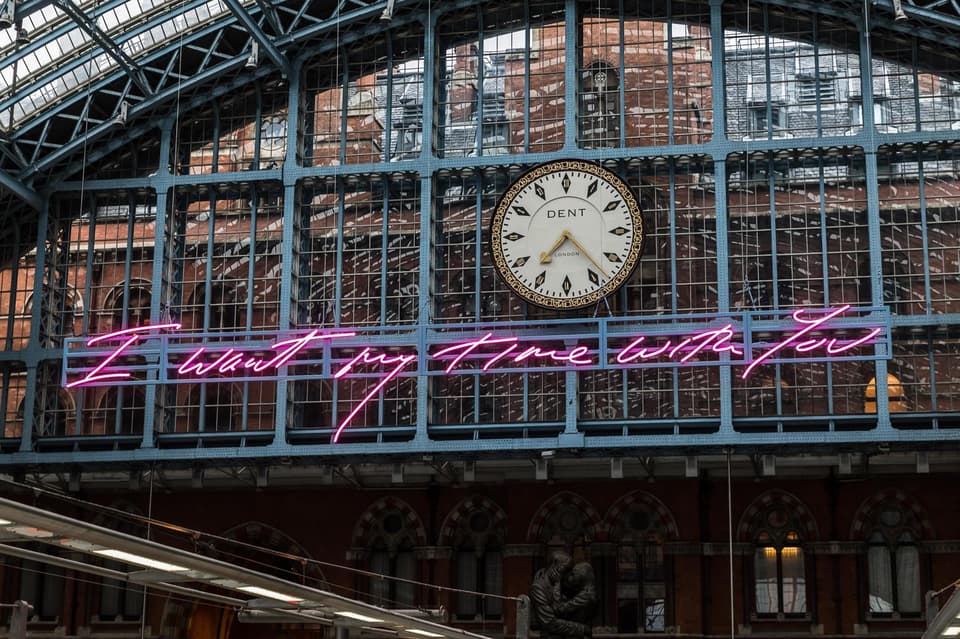
Tracey Emin’s St Pancras installation: “I want my time with you”
Getty Images
The neon work by Tracey Emin at St Pancras International, “I want my time with you”, which is the first work I see when arriving from Paris. And Francis Bacon, Three Studies for Figures at the Base of a Crucifixion, at Tate Britain.
The Serpentine Pavilion 2025 by Marina Tabassum is open now
